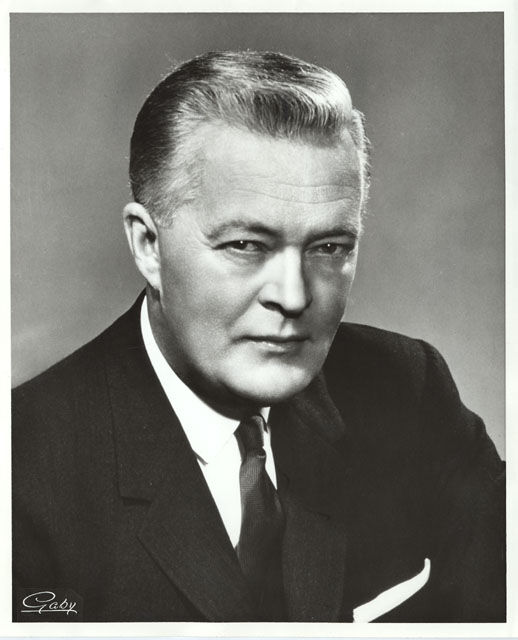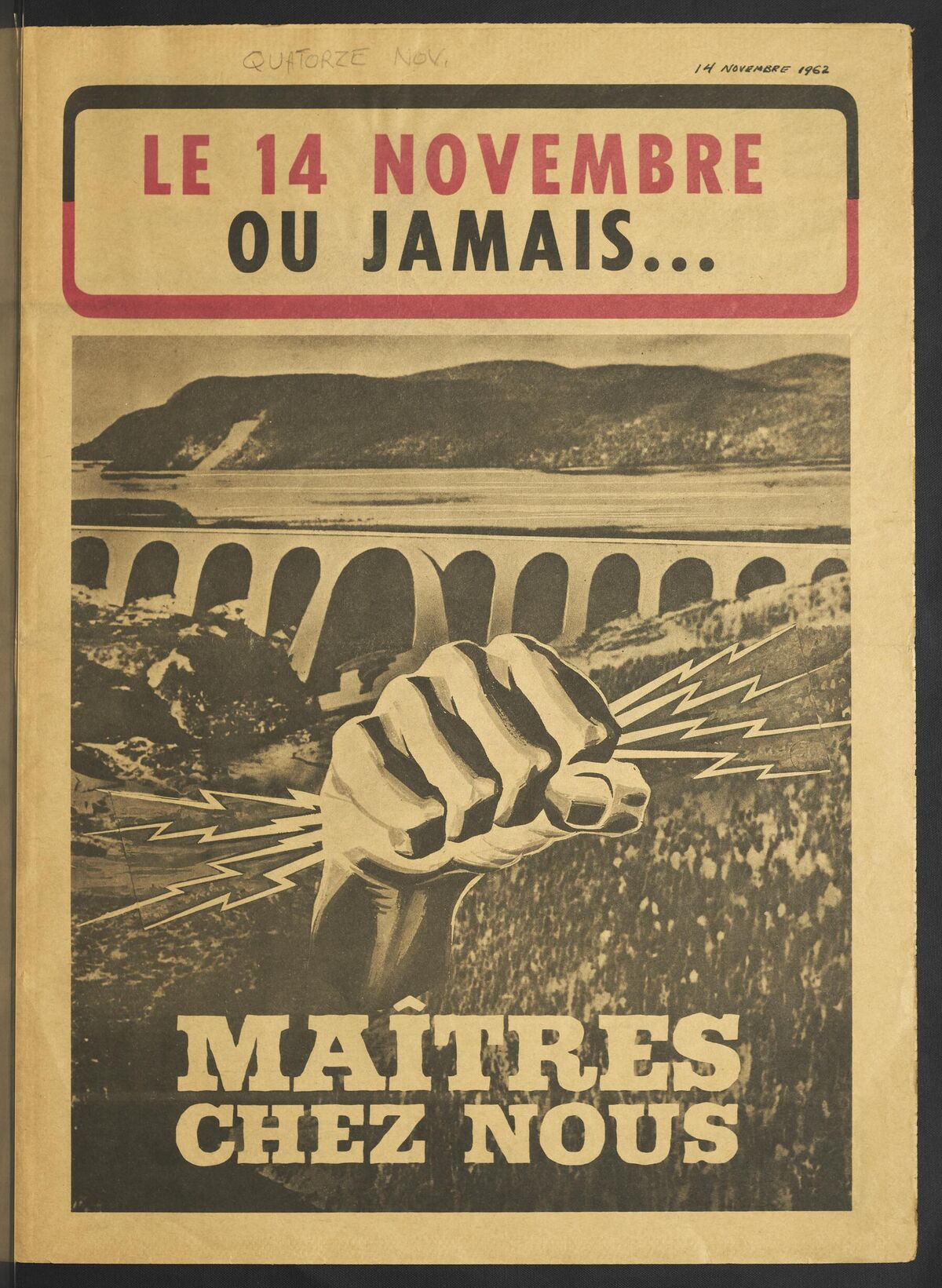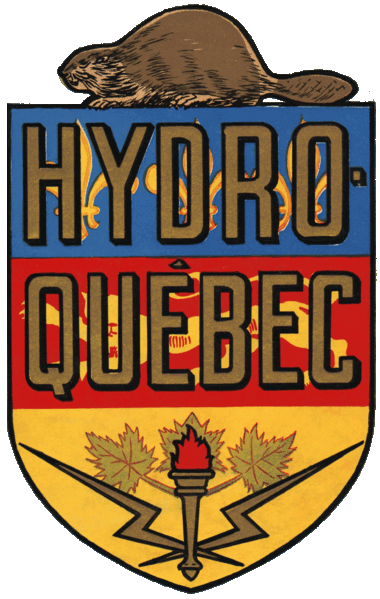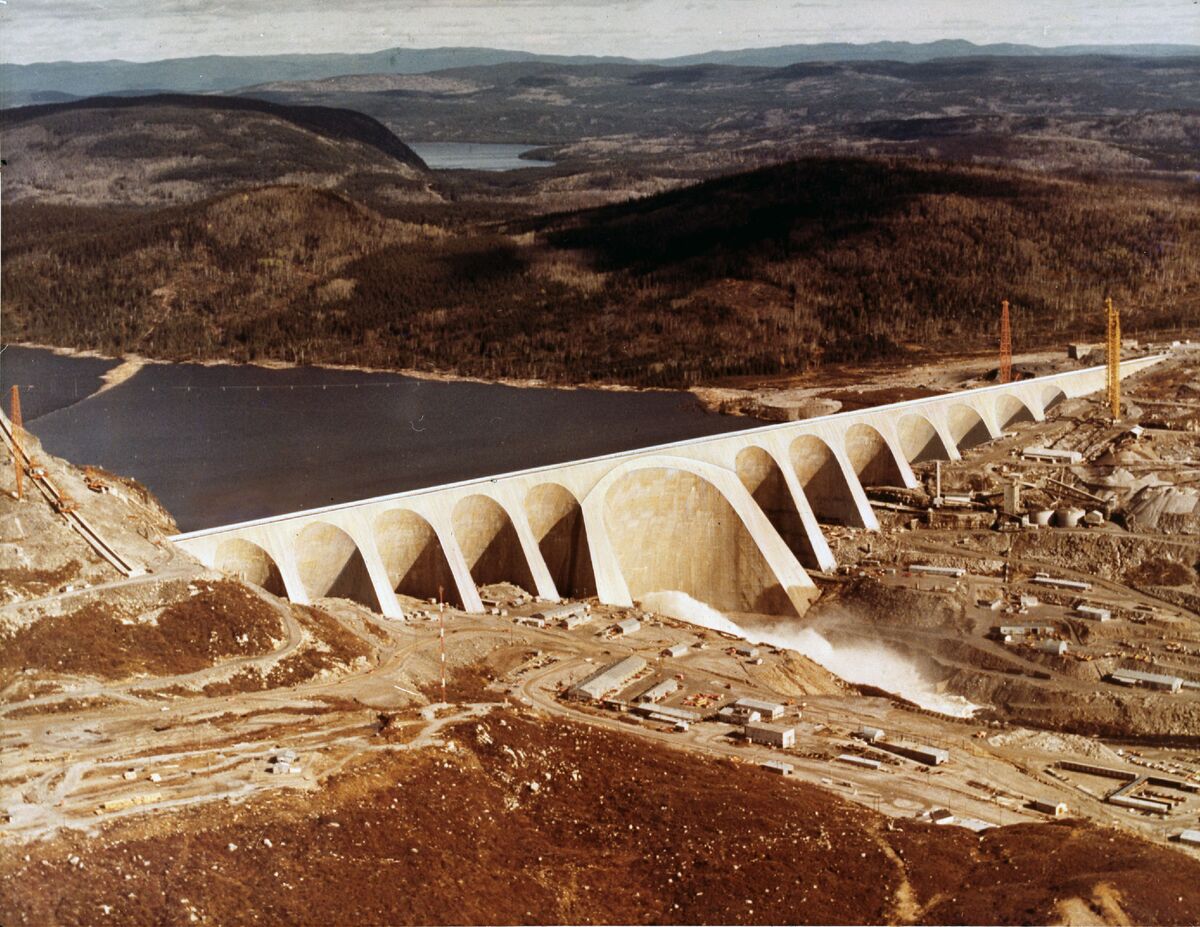The Quiet Revolution was a period in Quebec’s history when the government intervened significantly in social affairs and the economy, changing Quebec society in the 1960s. Quebec became a welfare state.
A welfare state refers to a state that actively intervenes in economic and social sectors to promote societal development and redistribute collective wealth equitably.
After World War II (1939-1945), consumer society developed and Quebec saw an increase in the birth rate, referred to as the “Baby Boom”. In the 1960s, society had a very high number of school-age children. This pushed the government to reorganize the economy and implement reforms in education, health and social services.
Jean Lesage’s government saw the State as an economic driver and did not refrain from investing to modernize the population. The measures put in place reflected progressive social values such as equity, justice and solidarity.

Source : Jean Lesage [Photograph], Gaby, vers 1960, Bibliothèque et Archives nationales du Québec, (URL). Rights reserved[1]*
The State’s first goal was to create jobs and reduce unemployment. The second was to make more room for French Canadians who had long been disadvantaged on the job market.They were:
-
generally less educated,
-
made half as much money as English Canadians on average, and
-
rarely held administrative positions.
In 1964, the government reformed the Quebec Labour Code to authorize unionization and strikes, which had been suppressed in the past.
The Quebec Pension Plan was another governmental measure implemented during the Quiet Revolution.
Founded in 1965, the Quebec Pension Plan was a pension plan to which all workers contributed. It ensured that all working people received a basic pension to replace their salary after retirement.
Quebec adopted the Social Aid Act in 1969 to reduce inequalities and to provide financial aid to the most disadvantaged citizens.
During the 1960s, the Quebec government became one of the largest employers in the province. The province’s economic growth relied heavily on government investment. Lesage created numerous governmental departments and Crown corporations, and committed to nationalizing the exploitation of hydroelectric power.
Creation of Governmental Departments
From the beginning of his mandate in 1961, Jean Lesage reorganized the government and created multiple departments to help modernize Quebec society, with certain ministries mandated to exploit, develop and protect the territory.
|
Examples of Ministries Created During the Quiet Revolution |
||
|---|---|---|
|
1961 Ministry of Cultural Affairs |
1961 Ministry of Social Affairs |
1961 Ministry of Federal-Provincial Affairs |
|
1961 |
1961 |
1964 Ministry of Education |
The Creation of Crown Corporations
Crown corporations are public companies managed by the State. The government used Crown corporations to provide commercial services such as the sale of goods or services. The profits from sales were reinvested to develop the province and provide services to the population. This led the State to seize Quebec’s natural resources.
In the 1960s, many Crown corporations were founded with very different functions, but their common goal was to stimulate the economy and modernize society. Quebec implemented economic nationalism.
Economic nationalism refers to the State becoming an economic driver and taking control of the economy.
|
Examples of Crown Corporations Created During the Quiet Revolution |
||
|---|---|---|
|
1962 Société générale de financement (SGF) |
1964 Sidérurgie du Québec (Sidbec) |
1965 Société québécoise d'exploration minière (SOQUEM) |
|
1965 |
1969 |
1969 Société québécoise d'initiatives pétrolières (SOQUIP) |
The Nationalization of Hydroelectricity
The nationalization of hydroelectricity was one of Lesage’s top priorities. It was the Minister of Natural Resources, René Lévesque, who proposed that the government buy up all the private electricity companies and bring them together under the Crown corporation Hydro-Québec, founded in 1944.
During his political campaign, Jean Lesage sought the support of Quebec society with his slogan Maintenant ou jamais! (Now or never!) and Maître chez nous (Masters of our own house).

Source: Le 14 novembre ou jamais... maîtres chez nous [Image], Parti libéral du Québec, November, 14, 1962, Bibliothèque et Archives nationales du Québec, (URL).[2]
The nationalization of hydroelectricity had several positive impacts such as:
-
The creation of many jobs by the State
-
Increased government revenues
-
Standardized electricity rates across the province
-
More reliable power supply to remote areas
In addition to merging all of Quebec’s hydroelectric companies into Hydro-Québec, the government invested in the construction of several new hydroelectric dams. Many of these were located in the Côte-Nord region, expanding the province’s high energy potential and generating direct economic benefits for Quebec.

Source: Logo original (1944-1964) d'Hydro-Québec, numérisé à partir du Rapport annuel 1944 de la Commission hydroélectrique de Québec [Image], Hydro-Québec, March 23 1945, Wikimedia Commons, (URL).[3]

Source: Barrage Daniel-Johnson [Photograph], (n.a.), 1980, Le monde en images des collections pour l’éducation, (URL).[4]
The nationalization of hydroelectricity was an important symbol of State interventionism during the Quiet Revolution and of the government’s mission to modernize Quebec.
Education
Jean Lesage’s government sought progress and modernization. The government believed that improving access to education was the best way to achieve these goals. People also wanted to change the fact that French Canadians were often in an inferior position compared to English Canadians. This quest for equality became the focus of educational reform. The goal was to democratize the education system to make it accessible to everyone.
In 1961, Lesage launched the Royal Commission of Inquiry on Education in the Province of Quebec, which became known as the Parent Commission. The Parent report recommended major reforms and in less than ten years, several measures were adopted.
|
Measures Adopted Based on the Parent Report’s Recommendations |
||
|---|---|---|
|
Year |
Measure |
Outcome |
|
1961 |
Free education |
School was made accessible to all social classes. |
|
1961 |
Mandatory schooling up to the age of 15 |
All young people were educated up to the age of 15. |
|
1964 |
Creation of the Ministry of Education |
Education became a federal public service. The Catholic Church lost its control over education. |
|
1965 |
Creation of comprehensive schools |
Secondary education and vocational training under one roof. |
|
1967 |
Creation of CEGEPs |
New colleges offered high-quality pre-university education and vocational training. |
|
1968 |
Creation of the Université du Québec network |
New campuses opened in cities and regions. |
The growing number of schools meant that Quebec needed a considerable number of qualified teachers. To meet this need, the State created a unified university teacher education program.
To make post-secondary education accessible to more people, the Loans and Bursaries Program was set up at the same time.
Health and Social Services
The government also took control of Quebec’s health institutions and the State built several hospitals to properly meet demand. Jean Lesage believed that everyone had the right to receive the same high-quality health services, regardless of their social class, background or religion.
In 1961, the province of Quebec joined the hospital insurance program which had been created by the federal government. This provided patients with free health care during hospitalization.
In 1970, the hospital insurance program became today’s health insurance program. Health care services, doctor visits and examinations outside of hospitals were also made free.
In 1962, the government passed the Hospitals Act. This act required hospitals to be run by doctors, not the clergy.
During this time, the State also took charge of orphanages and senior citizen centres that had previously been run by the church.
On the cusp of the Quiet Revolution, the Canadian government led a fight against social inequality. It wanted wealth to be better distributed. To achieve this, Ottawa partially subsidized provincial programs focused on this objective, such as universities and hospital insurance. Quebec’s modernization projects benefited from these subsidies.
In 1957, Prime Minister Louis-Stephen St. Laurent introduced the equalization system to provide equal living conditions across all Canadian provinces.
Equalization refers to the distribution of the federal government’s financial resources. Equalization equally distributes wealth across the provinces. Taxes from the wealthier provinces were redistributed to the less fortunate provinces.
-
Gaby. (circa 1960). Jean Lesage [Photograph]. Bibliothèque et Archives nationales du Québec. (URL).*
-
Parti libéral du Québec. (November, 14, 1962). Le 14 novembre ou jamais... maîtres chez nous [Image]. Bibliothèque et Archives nationales du Québec. (URL).
-
Hydro-Québec. (March 23 1945). Logo original (1944-1964) d'Hydro-Québec, numérisé à partir du Rapport annuel 1944 de la Commission hydroélectrique de Québec [Image]. Wikimedia Commons. (URL).
-
(n.a.). (1980). Barrage Daniel-Johnson [Photograph]. Le monde en images des collections pour l’éducation. (URL).
*Content used by Alloprof in compliance with the Copyright Act in the context of fair use for educational purposes. [https://laws-lois.justice.gc.ca/eng/acts/c-42/page-9.html].